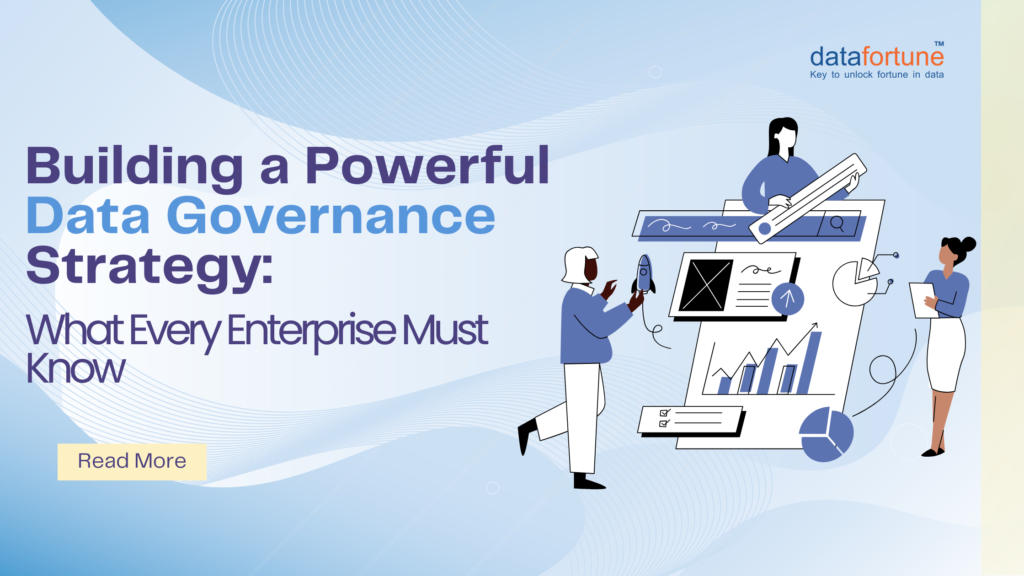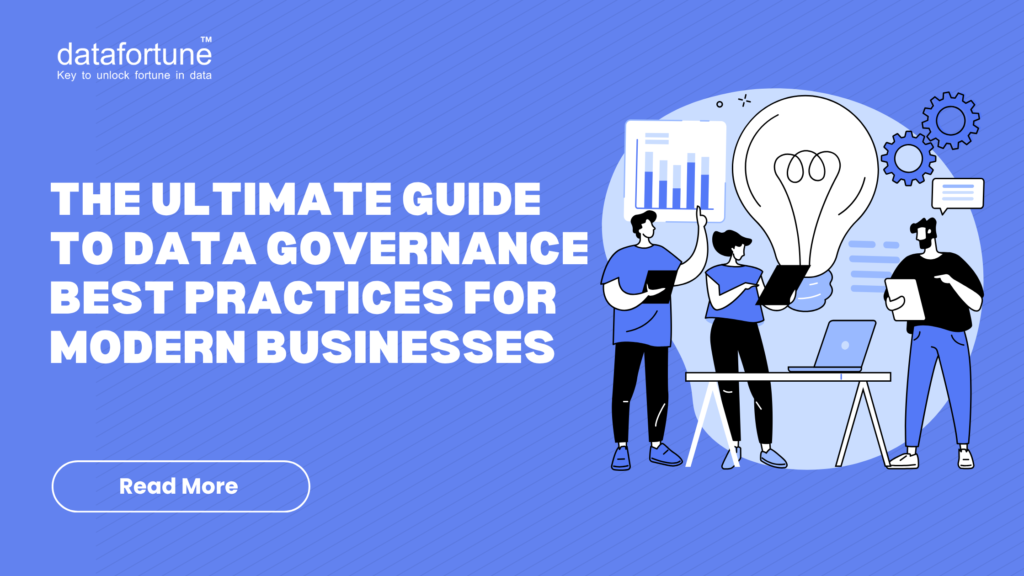This is not some magic! It’s actually two approaches to managing data and AI. DataOps vs MLOps. The DataOps vs MLOps debate is not just a tech talk anymore. These systems are completely redefining how businesses interact with their customers. Read this blog till the end, because by the time we’re done, you’ll be the person explaining how the digital world actually works behind the curtain.
What is DataOps?
Traditional data management was falling short when organizations started dealing with huge amounts of data coming from various sources. DataOps is a collaborative approach that follows the DevOps principles and applies them to data analytics. This helps in making the data faster, cleaner, and way more reliable.
DataOps ensures your data flows smoothly through complex pipelines, arrives clean and right on schedule, and reaches every single place it needs to be. This covers everything from getting various data sources to perform operations perfectly, to making sure the quality stays top-notch. It also helps in keeping every team member on the same page.
Key characteristics of DataOps include:
- Automated data pipeline orchestration using tools such as Apache Airflow and dbt (data build tool).
- Continuous data quality monitoring and validation
- Cross-functional collaboration between data engineers, analysts, and business stakeholders.
- Version control and governance for data assets and transformations.
What is MLOps?
MLOps represents the evolution of machine learning from experimental playground to production warehouse. It combines machine learning, DevOps, and data engineering. DevOps and data engineering to create a standardized approach for deploying, monitoring, and maintaining ML models at scale.
While data scientists excel at creating refined models in controlled environments, MLOps makes sure these models can serve users properly in production. It handles the consistent challenge where most ML projects struggle to transition from prototype to production by establishing operational frameworks.
Core MLOps Capabilities:
- Encompass automated model training and deployment pipelines
- Continuous integration and continuous deployment for ML models
- Model monitoring and performance tracking in production
- Model visioning and lifecycle management
- Automated retraining to combat model drift
Tools & Technologies Powering the Revolution of DataOps vs MLOps
DataOps Toolkit
The ecosystem of DataOps has evolved into a great collection of advanced tools.
- Apache Airflow has emerged as the preferred solution for workflow management, trusted by several organizations globally to deal with complex data pipelines.
- Data Build Tool (dbt) for reshaping how teams approach data, transforming how teams approach data transformation in modern cloud environments
- Snowflake for providing scalable data warehousing capabilities
- Apache Kafka enables real-time data streaming with exceptional performance
- Great Expectations for ensuring comprehensive data quality and validation
MLOps Toolkit
The MLOps ecosystem offers equally powerful solutions.
- Kubernetes and Docker provide the containerization foundation, which is crucial for reliable model deployment.
- Kubeflow for creating portable and scalable machine learning workflows
- MLflow for complete model tracking and lifecycle management
- Apache Airflow serves dual purposes in pipeline management
- Seldon Core specializes in enterprise-scale model serving and deployment capabilities.
DataOps vs MLOps Challenges & Solutions
DataOps Challenges
- Data silos and integration complexity across multi-cloud environments continue to frustrate teams.
- Real-time processing demands push systems to deliver exceptional response speeds.
- Governance and compliance pressures grow heavier in increasingly regulated industries.
MLOps Challenges
- Model drift and performance degradation catch teams off guard without continuous oversight.
- Talent shortage makes skilled professionals incredibly valuable and hard to retain
- Standardization gaps leave organizations struggling with inconsistent implementations.
Emerging Solutions
There are many approaches that can actually help in dealing with these challenges:
- AI-driven automation takes the burden off both data and model operations
- Unified platforms finally integrate DataOps and MLOps capabilities smoothly
- Accessible solutions allow more people to participate in advanced analytics without extensive training.
Real-World Impact of DataOps and MLOps
Netflix
Netflix’s streaming services show how DataOps and MLOps work together. Their recommendation system manages millions of user interactions daily, with DataOps teams keeping data flowing smoothly while MLOps engineers handle thousands of models behind the scenes. Users notice the difference immediately through suggestions that seem to read their minds and understand their preferences perfectly.
Uber
Uber defines MLOps as working at incredible scale, navigating thousands of models in production while making millions of predictions every second during rush hours. Their DataOps teams ensure riders get real-time updates on pricing and routes, while MLOps experts keep everything running seamlessly across various cities and time zones.
Airbnb
Airbnb uses both approaches to help hosts succeed with smart pricing. Their DataOps teams maintain reliable information flows while MLOps engineers deploy models that help hosts find the sweet spot for pricing their properties effectively.
Making Strategic Choice Between DataOps vs MLOps
For organizations trying to figure this out, you don’t have to choose just one approach. It’s really about timing and bringing them together smartly.
Start with DataOps if:
- Your data pipelines constantly break down, or need someone to always supervise them.
- Poor data quality keeps messing up important business decisions
- Teams across your organization can’t get their hands-on reliable information
- You’re drowning in compliance requirements without proper systems
Prioritize MLOps if:
- You have amazing ML models that never see the light of day
- Getting models into production feels challenging
- Your models get worse over time, and you’re not sure of any specific reason
- You wish to leverage AI for different parts of your business
Adopt both DataOps and MLOps if:
- You’re starting fresh with a brand-new AI initiative
- Your leadership team is genuinely committed to making this work
- AI isn’t just a nice addition but central to how you plan to compete.
Organizations implementing robust DataOps and MLOps practices are seeing remarkable returns:
- 50% increase in feature volume and 30% reduction in time-to-market with DataOps adoption
- 30% increase in ROI for companies utilizing MLOps and data analytics
- 40% reduction in fraudulent transactions through MLOps-powered fraud detection systems
- 25% reduction in wait times through improved demand forecasting models
Conclusion
As we move forward, the question isn’t whether to adopt DataOps and MLOps, but how quickly your organization can master these supreme capabilities. The convergence of DataOps and MLOps represents more than just technological progress. It’s a fundamental shift in how organizations transform data into genuine advantage.
With rapid market growth and global enterprise adoption, the opportunity for differentiation through these practices won’t last forever. Success won’t come from having the largest datasets or the most complex models. It comes from having the operational excellence to consistently convert both into measurable business value at scale.
Let Datafortune manage your journey from data chaos to operational mastery. Your competitive advantage begins with just a conversation.



